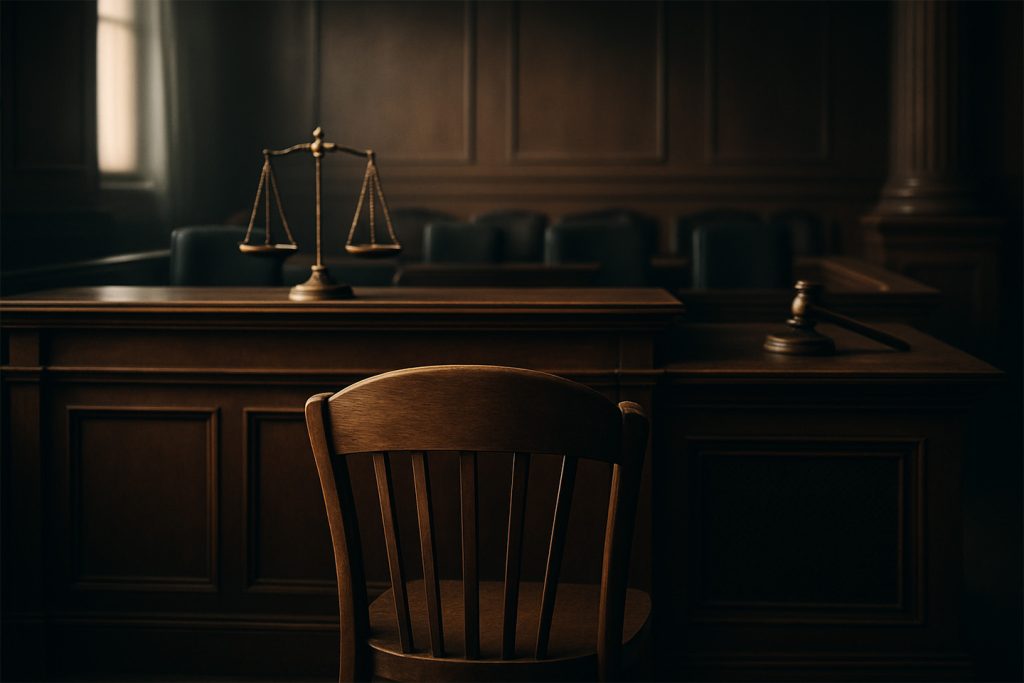
From gruesome injury or death photos to testimony about sexual violence, jurors regularly confront disturbing material. A growing body of research shows that some jurors experience trauma-like symptoms—sometimes rising to clinical PTSD—during and after service.
I recently attended an ABOTA Conference in Austin where the topic was discussed. I decided to then do some research and write this blog
What “juror trauma” looks like
Psychologists often describe juror harm as secondary traumatic stress or vicarious trauma: intrusive memories, nightmares, avoidance, hyperarousal, irritability, sleep disturbance, and depressed mood that emerge after exposure to others’ trauma. Reviews of the literature have documented these symptom clusters among jurors, not only court professionals.
Recent reporting has amplified what researchers have measured: jurors in grisly trials describe lingering images, panic in everyday settings, and difficulty returning to work, with little formal support available post-verdict.
Can jurors get PTSD?
Yes—some do. Experimental and observational studies show trauma symptoms can spike after exposure to upsetting trial evidence, and a subset of jurors report symptoms lasting months. In a U.K. study using a simulated murder case, PTSD-indicative symptoms increased fourfold after participants viewed distressing evidence.
A comprehensive review concluded that jurors can experience intrusions, avoidance, hyperarousal, anhedonia, and depression—classic trauma markers.
What the research says (highlights)
Graphic images change minds and minds’ health. A meta-analysis of 23 studies (4,868 participants) found gruesome photographs modestly but significantly increase guilty/liable verdicts and punishments—evidence that these images elevate emotional arousal and decision bias. That same arousal is implicated in stress reactions.
Prior trauma and mental health matter. Jurors with earlier trauma or existing mental-health difficulties show stronger stress responses during trial exposure, heightening risk for post-trial symptoms.
The process itself is stressful. Beyond the evidence, stressors include deliberation conflict, the weight of decision-making, sequestration, and loss of routine. Historical fieldwork interviewing jurors in serious cases documented widespread sleeplessness and even significant illness in a subset.
Color and vividness intensify reactions. Laboratory work shows that gruesome, high-vividness (often color) photos elevate negative emotion and can tilt liability/punishment judgments—suggesting a pathway to stronger post-exposure stress.
Policy is starting to catch up
Recognition is growing in courts and professional bodies:
The British Psychological Society has urged dedicated juror mental-health support for those exposed to distressing evidence.
The U.K. Ministry of Justice has piloted a program offering six free counseling sessions and a helpline for jurors who handled traumatic material—an explicit response to research showing substantial post-trial trauma.
U.S. court systems have begun issuing education on vicarious trauma for jurors and how to seek help post-service. However, more needs to be done.
Capital-case observers and advocacy groups now flag “juror trauma” as a real, hidden cost of death-penalty trials.
Practical steps for courts and counsel
Before trial
Screen and support. Provide pre-service education about possible reactions; consider optional, confidential check-ins for high-exposure trials.
Calibrate exhibits. Use necessity-and-alternatives analysis for graphic media (stipulations, verbal descriptions, cropping, grayscale) to reduce gratuitous vividness without sacrificing probative value.
During trial
Content warnings and pacing. Alert jurors before disturbing evidence; allow brief breaks to regulate arousal and attention. (This aligns with trauma-informed practice recommended by judicial commentators.)
Clear instructions. Explain that emotional responses are normal and give permission to request accommodations (short recess, water, step outside briefly).
After verdict
Normalize and refer. Provide exit materials describing common reactions, when to seek help, and local resources; ensure access to short-term counseling where possible (as in the U.K. pilot).
Debriefing options. Consider voluntary group debriefs with trained clinicians after highly graphic trials, a practice some judges already endorse.
Why this matters for justice
Unaddressed juror trauma isn’t just a wellness issue. It can distort fact-finding (through heightened arousal and bias), undermine juror retention/availability, and erode trust in the system. Trauma-informed practices protect both the people who serve and the integrity of verdicts.

